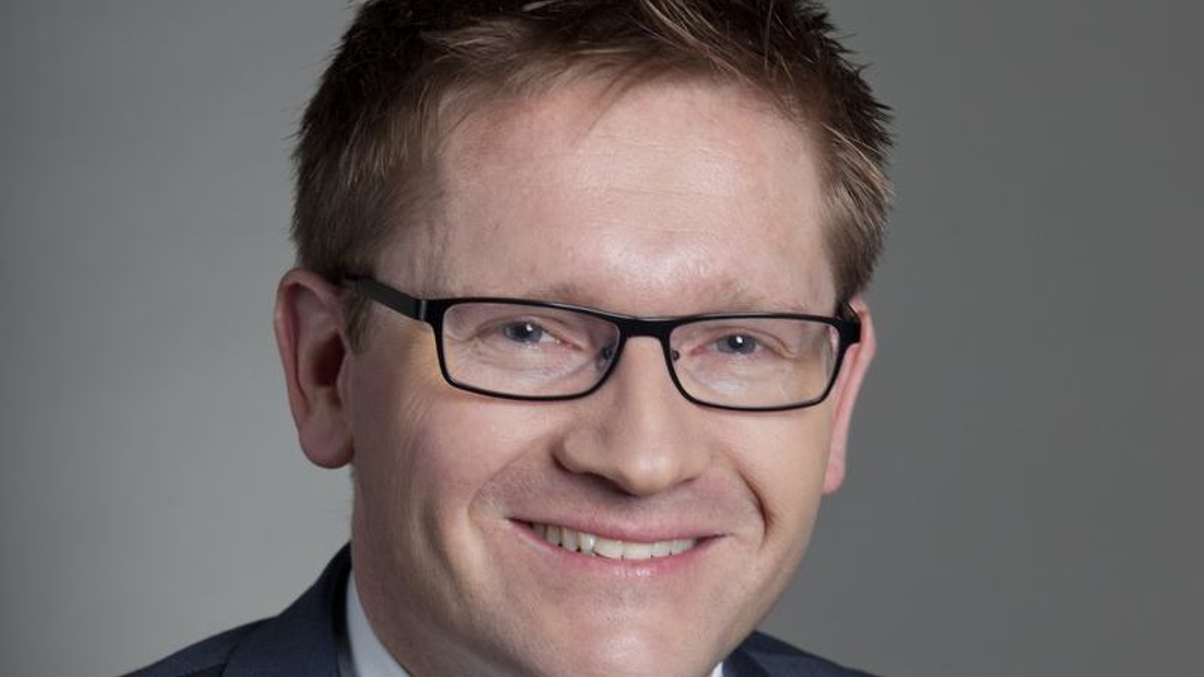Fiscal cliff be damned: investments go on
Investors with a time horizon of five years or more should expect, and be able to survive, Washington gridlock.

Bob Browne, Chicago-based CIO at Northern Trust Global Investors, predicts that in a year from now we’ll all be talking about low interest rates, but that the US ‘fiscal cliff’ currently stalking market sentiment will hardly be remembered.
Sign In to Your Account
Access Exclusive AsianInvestor Content!
Please sign in to your subscription to unlock full access to our premium AI resources.
Free Registration & 7-Day Trial
Register now to enjoy a 7-day free trial—no registration fees required. Click the link to get started.
Note: This free trial is a one-time offer.
¬ Haymarket Media Limited. All rights reserved.


